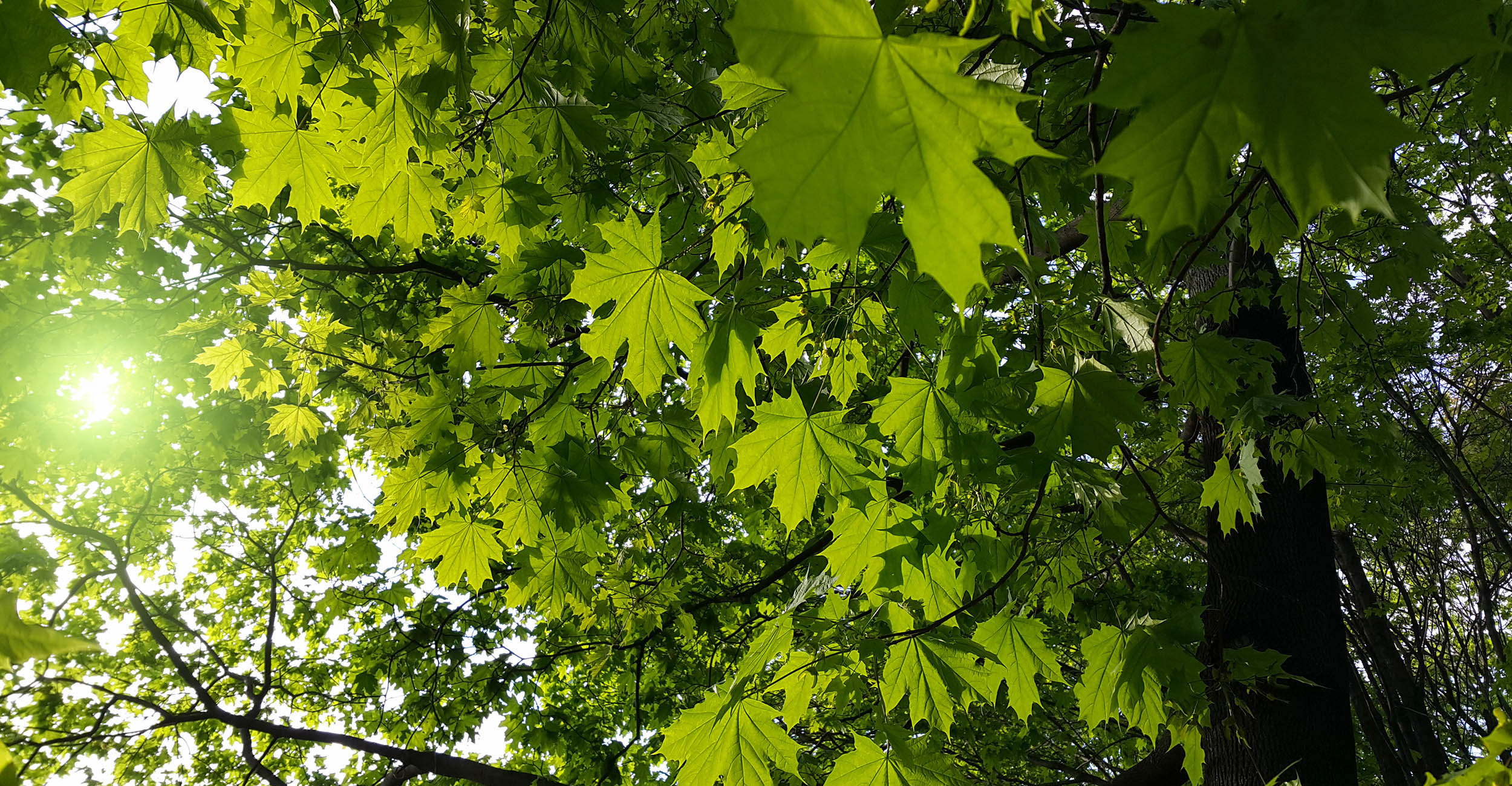
OSU Agriculture tapping into the potential sweetness of Oklahoma
Wednesday, May 24, 2023
Media Contact: Alisa Boswell-Gore | Agricultural Communications Services | 405-744-7115 | alisa.gore@okstate.edu
Oklahoma State University researchers are hoping to tap into the potential of a $132 million industry by exploring maple syrup production in the state.
Maple syrup production in the U.S. produces 4.37 million gallons annually, but the industry currently does not exist in Oklahoma. That’s why Lu Zhang, OSU assistant professor of horticulture, and her colleagues are spending the summer visiting maple groves across Oklahoma.
“There is a large maple production industry in the northern part of the U.S., but not here, so we wanted to look at whether maple syrup collection was possible here,” Zhang said.
Five maple tree species are indigenous to Oklahoma — sugar maple, red maple, silver maple, boxelder and Florida maple. Sugar maple, the maple species most commonly used to produce syrup, and silver maple are found in at least 15 Oklahoma counties. According to Zhang’s preliminary research data, sugar maple syrup can be harvested, and the other four Oklahoma species have potential for being harvested.
“The potential taps in Oklahoma for the five maple species are 5.8 million,” Zhang said. “It is important to explore the potential of alternative maple species for syrup production in different geographic locations.”
Through a $500,000 U.S. Department of Agriculture grant, OSU researchers and Extension specialists will visit maple groves in Idabel, Talihina and Quapaw this summer to establish them as sap harvesting locations for research. Sap from sugar maple trees has traditionally been collected by Oklahoma Native American tribes for certain uses. Zhang and colleagues Bob Heinemann, superintendent of the OSU Kiamichi Forestry Research Station, Mike Schnelle, OSU professor and Extension ornamental/floraculture specialist, and Lu Zhai, assistant professor of natural resources, have formed a working relationship with the Choctaw Nation to explore syrup production.
“We will determine how much maple sap can be collected seasonally from the five maple species using traditional buckets/bags, gravity-based tubing systems and high-vacuum tubing systems,” Zhang said. “This project will answer the basic questions landowners ask before investing in maple syrup production. This could be the start of a maple syrup industry in Oklahoma.”
The other part of the project is letting people know about the potential of syrup production, Zhang said. Researchers will create and share information through a regional maple tapping network that uses standardized tapping techniques for sap collection and data recording. Schnelle will establish maple production workshops this fall to share the research findings with potential syrup producers.
“Over the next two years, I will be providing outreach to landowners. I want to work with people already blessed with large trees and people who are just starting out,” Schnelle said. “For those who aren’t established, they can start up for the future. If people are willing to wait years for pecan and chestnut trees to come to full term, they should be willing to do so for maple trees.”
Schnelle said he wants to encourage people to grow dual-purpose maple trees for syrup production and ornamental use as well as encourage landowners with maple trees who do not want to harvest syrup to lease their land to others who want to do so.
He said he and his colleagues will bring in Michael Farrell, an expert from New Leaf Tree Syrups, to train the research and Extension specialists in maple tapping. Initial planning for fall workshops is underway for the Idabel and Talihina areas.
“Right now, we are staying with indigenous maples, but I could see us expanding to other maples in the future. This could be a great long-term project,” Schnelle said. “We’re excited with what we are seeing and hearing so far with people’s interest. This whole idea of Oklahoma-made syrup is exciting. I think people could make a good living out of this, especially as a side business.”
